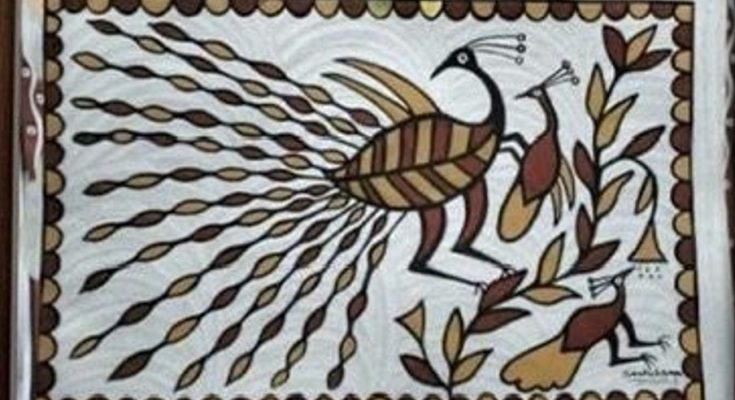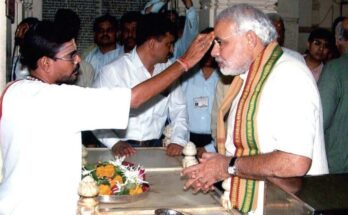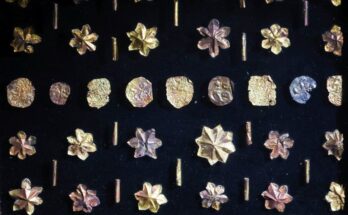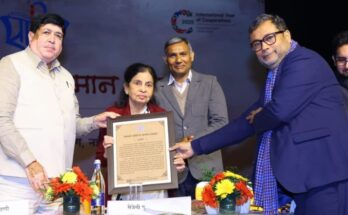Jharkhand Art: Prime Minister Narendra Modi gifted Jharkhand’s art to Russian President Vladimir Putin during the recently held BRICS summit in Kazan. The Sohrai painting from Hazaribagh district in Jharkhand is a beautiful representation of the region’s indigenous artistic traditions. Sohrai Paintings are recognized as an ODOP, One District One Product item.
The paintings are known for their use of natural pigments and simple tools. Artists often use brushes made from twigs, rice straw, or even fingers to create intricate designs. The depiction of animals, birds, and nature is a reflection of the agrarian lifestyle and the reverence for wildlife in tribal culture.
During the BRICS summit, Mr Modi gifted exquisite work from Maharashtra to the leaders of Iran and Uzbekistan. He gifted to the President of Iran, a Mother of Pearl Sea Shell Vase, which is a masterpiece of coastal craftsmanship. In Maharashtra, especially in its coastal regions, artisans have honed the art of crafting exquisite items from sea shells, creating unique and luxurious pieces like this vase.
To the President of Uzbekistan, Prime Minister gifted a Warli Painting also from Maharashtra. It is a tribal art form originating from the Warli tribe primarily located in the Dahanu, Talasari and Palghar regions of the state. It is renowned for its simplicity and deep connection to nature and daily life.
This tribal art form is one of the oldest in India, with its roots tracing back to around 3000 BCE. The art was traditionally created by Warli women on the walls of their mud homes during special occasions like weddings and harvest festivals. Through their art, they documented their lifestyle, customs, and rituals in a visual storytelling format that transcended language.
This tribal art form is one of the oldest in India, with its roots tracing back to around 3000 BCE. The art was traditionally created by Warli women on the walls of their mud homes during special occasions like weddings and harvest festivals. Through their art, they documented their lifestyle, customs, and rituals in a visual storytelling format that transcended language.




